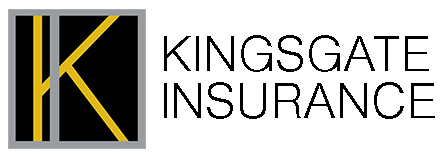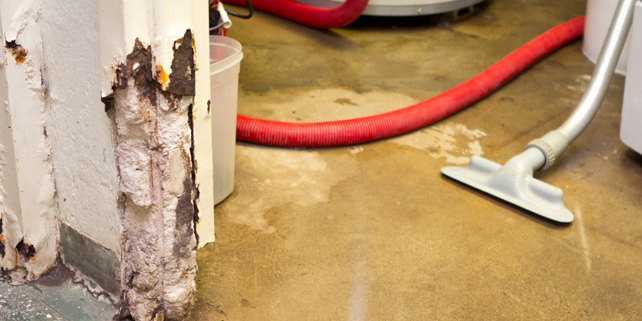Navigating the Challenges of Sewer Backup: Causes, Prevention, and Solutions
Sewer backups are a homeowner’s nightmare. The sight (and smell) of sewage flooding into your home is not just unpleasant—it’s hazardous. Understanding the causes, prevention methods, and solutions can help you manage and mitigate the risks associated with sewer backups.
What Causes Sewer Backups?
1. Blockages
- Tree Roots: Tree roots can infiltrate sewer lines, causing blockages and damage.
- Grease Buildup: Pouring fats, oils, and grease down the drain can lead to a buildup that blocks pipes.
- Foreign Objects: Non-flushable items like wipes, diapers, and sanitary products can clog the system.
2. Broken or Collapsed Sewer Lines
- Aging infrastructure can result in broken or collapsed sewer lines, which impede the flow of sewage.
3. Heavy Rainfall
- Excessive rain can overwhelm the sewer system, especially in areas with combined sewer systems where stormwater and sewage share the same pipes.
4. Municipal Sewer Problems
- Issues in the municipal sewer system, such as blockages or malfunctions, can lead to backups in individual homes.
Preventing Sewer Backups
1. Regular Maintenance
- Inspect Your Pipes: Regularly inspect your sewer lines for signs of trouble.
- Clean Drains: Schedule professional drain cleaning to remove any buildup.
2. Proper Disposal
- Avoid flushing non-biodegradable items. Dispose of fats, oils, and grease in the trash instead of the sink.
3. Install Backwater Valves
- Backwater valves are designed to allow water to flow out of your home but not back in. They can be a lifesaver in preventing backups.
4. Upgrade Plumbing
- Replace old, damaged pipes with modern materials that are more resistant to corrosion and tree root intrusion.
5. Landscape Wisely
- Plant trees and shrubs away from sewer lines to prevent root intrusion.
Dealing with a Sewer Backup
1. Immediate Steps
- Stop Using Water: Turn off water sources to prevent further backup.
- Contact Professionals: Call a plumber or sewage cleanup service immediately.
- Document Damage: Take photos and keep records for insurance purposes.
2. Health and Safety
- Wear protective gear when handling sewage-contaminated items.
- Ventilate the area to reduce harmful fumes.
- Dispose of contaminated items that cannot be disinfected.
3. Cleaning Up
- Remove Water and Sewage: Use a wet-dry vacuum or pump to remove standing water and sewage.
- Disinfect Affected Areas: Clean and disinfect floors, walls, and any other surfaces that came into contact with sewage.
- Dry Out the Space: Use dehumidifiers and fans to dry out the area completely.
4. Insurance Claims
- Review your homeowner’s insurance policy to understand your coverage.
- Submit a claim with documented evidence of damage and repair costs.
Long-Term Solutions
1. Sewer Line Replacement
- Consider replacing old, deteriorated sewer lines with more durable materials.
2. Sump Pumps
- Install sump pumps in basements to manage excess water and prevent flooding.
3. Regular Inspections
- Schedule regular inspections by a professional to catch potential issues before they become major problems.
Conclusion
Sewer backups are a serious issue that require immediate attention and long-term prevention strategies. By understanding the causes, taking proactive steps, and knowing how to respond, you can protect your home and your health from the hazards of sewer






Leave a Reply
Want to join the discussion?Feel free to contribute!